What is a Baby-Friendly Hospital?
You may be asking yourself, “Aren’t all hospitals baby friendly?”. This article will explain the long and short of what a baby friendly and mother friendly hospital is and is not.
Most hospitals have maternity wards, and some even have birthing centers attached to them. However, hospitals or birth centers with the baby friendly or mother friendly designation work to provide evidence-based care for newborn babies during and after birth.
Baby Friendly Hospitals or Birthing Centers Encourage and Offer:
Mother Baby Bonding
In baby-friendly maternity facilities, families are given time to bond (including skin-to-skin contact), are encouraged to breastfeed and are given the support to do so.
Mother and Baby Room-In Together
The purpose of having the baby room-in with mom is because it allows families to learn about their baby; in so doing, they will be able to ask any questions they have relating to baby care, initiate breastfeeding, etc. When babies are cared for by the nursing staff, parents may be sent home without much knowledge of baby care.
Support for Feeding Baby
A baby-friendly hospital will assess the infant’s feeding so that any early issues can be solved quickly. An on-staff IBCLC (International Board Certified Lactation Consultant) will assist with breastfeeding.
The IBCLC will assist with things like how to get baby to properly latch on to the breast, different breastfeeding positions and more; this is so that mothers experience less frustration and more confidence.
After you and your baby go home, the Baby-Friendly hospital staff is available to help with any breastfeeding issues you run into.
Baby Friendly Hospitals Do Not Encourage or Offer:
Putting Babies in the Nursery
Baby Friendly Hospitals keep babies with their mother known as “rooming-in”. This encourages mother baby bonding and allows new mothers time to understand their baby’s needs.
Formula Samples
Baby-friendly facilities don’t provide samples from formula companies.
Pacifiers
Baby friendly designated facilities don’t provide pacifiers. Baby-friendly hospitals believe that moms should wait to use pacifiers until breastfeeding is going well. Newborns who aren’t being directly breastfed can begin pacifier use as soon as mom desires.
Why There’s a Need for Baby-Friendly Hospitals
The United Nation’s Children’s Fund (UNICEF) and the World Health Organization (WHO) created a global program in the early 90’s known as the Baby-Friendly Hospital Initiative (BFHI).
The program was created to improve maternity care and encourage breastfeeding by supporting and protecting mothers in the hopes to give babies the best start in life.
Along with UNICEF and WHO, many national government health organizations recommend that babies be exclusively breastfed for the first 6 months of life. This recommendation is based on research that has shown that breastfed babies are less likely to experience illnesses, including childhood obesity, type 2 diabetes, leukemia and even SIDS (sudden infant death syndrome).
There are many health benefits for mothers that breastfeed as well, including a decreased risk of premenopausal breast cancer and ovarian cancer, type 2 diabetes and more.
A study conducted by the FASEB (Federation of American Societies for Experimental Biology) found “that the proportion of births that occurred in baby friendly hospitals and the availability of IBCLCs were associated with promoting positive breastfeeding practices. Community measures such as providing formula before 2-days of age was related to poorer breastfeeding measures”
How Does a Hospital Gain the Baby-Friendly Designation?
In order to be considered baby friendly, a hospital or birth center must implement ten steps to Successful Breastfeeding, among other requirements set by the accrediting body. Here is a simplified list of the 10 steps to Successful Breastfeeding from the Baby-Friendly USA website:
- A written breastfeeding policy, which is often reviewed with all health care staff.
- Train all health care staff with required skills to implement the breastfeeding policy.
- Educate all pregnant women on the benefits and management of breastfeeding.
- Help mothers begin breastfeeding within 1 hour of birth.
- Show mothers how to breastfeed, even if they are separated from their babies.
- Do not give infants any food or drink other than breast-milk, unless medically required.
- Practice rooming-in; allow moms and babies to remain together 24 hours a day.
- Encourage breastfeeding on demand (feeding baby whenever he signals that he’s hungry)
- Do not provide pacifiers or artificial nipples to breastfeeding infants.
- Support the establishment of breastfeeding support groups and refer mothers to them when they leave the hospital or birth center.
How do I Find a List of Baby-Friendly Hospitals Near Me?
Baby Friendly USA currently lists 593 baby-friendly hospitals and birthing centers in the United States. Approximately 1,031,462 annual births, or a little more than 28%, occur at baby-friendly facilities.
You can find a list of baby-friendly hospitals by clicking here.
What is a Mother-Friendly Care?
In order to be considered mother-friendly, a hospital or birth center commits to provide moms with evidence-based care during labor and birth in a respectful environment.
Mother-friendly care gives a woman the freedom and ability to make informed choices during labor and birth. As a result, it also helps her be in a better position to breastfeed and care for her child with confidence.
In order to be considered mother-friendly, a hospital or birth center must meet the 10 steps established by the Improving Birth Coalition’s Mother-Friendly Childbirth Initiative (MFCI). Here is a simplified list that can be found on the Improving Birth Coalition website.
10 Steps of Mother-Friendly Care
- Allow all birthing women continuous emotional and physical support from those she chooses, including doulas and access to professional midwifery care
- Provide the public with accurate statistical information of its practices and procedures for birth care, including measures of interventions and outcomes
- Implement care that is respectful of the beliefs and values of each woman’s ethnicity and religion
- Afford a laboring woman the freedom to move around as she desires (unless a specific position is necessary due to a complication that has occurred)
- Clearly communicate practices for what happens after the birth, including what care would be necessary if complications arise for the baby, and provide community resources
- Only use evidence-based practices and limit the use of interventions
- Educate staff in the use of alternative pain management and only promote the use of medications to correct a complication
- Encourage all mothers to touch, hold, and breastfeed their babies, including babies who are sick or premature, if possible
- Discourage circumcision of a newborn baby
- Strive to achieve the WHO-UNICEF Ten Steps of the Baby Friendly Hospital Initiative to help establish successful breastfeeding
Making sure that moms and babies are healthy is important to everyone in healthcare. Baby-friendly and mother-friendly hospitals and birth centers have set specific goals in an attempt to improve the physical and mental health of mothers and babies throughout the labor and postpartum process.
Learn more about the difference between birth centers and hospitals in this article Hospital or Birth Center.
Disclaimer: Pregnancy by Design’s information is not a substitute for professional medical advice or treatment. Always ask your healthcare provider about any health concerns you may have.
Cited Research:
Ip S, Chung M, Raman G, et al. Breastfeeding and maternal and infant health outcomes in developed countries.Evid Rep Technol Assess (Full Rep) 2007;153:1–186. [PMC free article] [PubMed]
Taren D, Sinari S. Baby Friendly Hospital Births and Lactation Consultants Are Associated with State-Level Breastfeeding Rates. The FASEB Journal 2016 30:1_supplement, lb404-lb404.
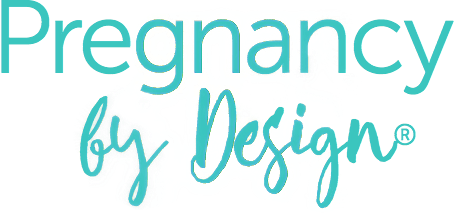
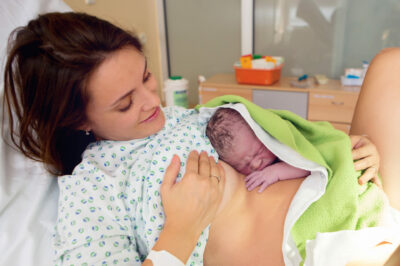
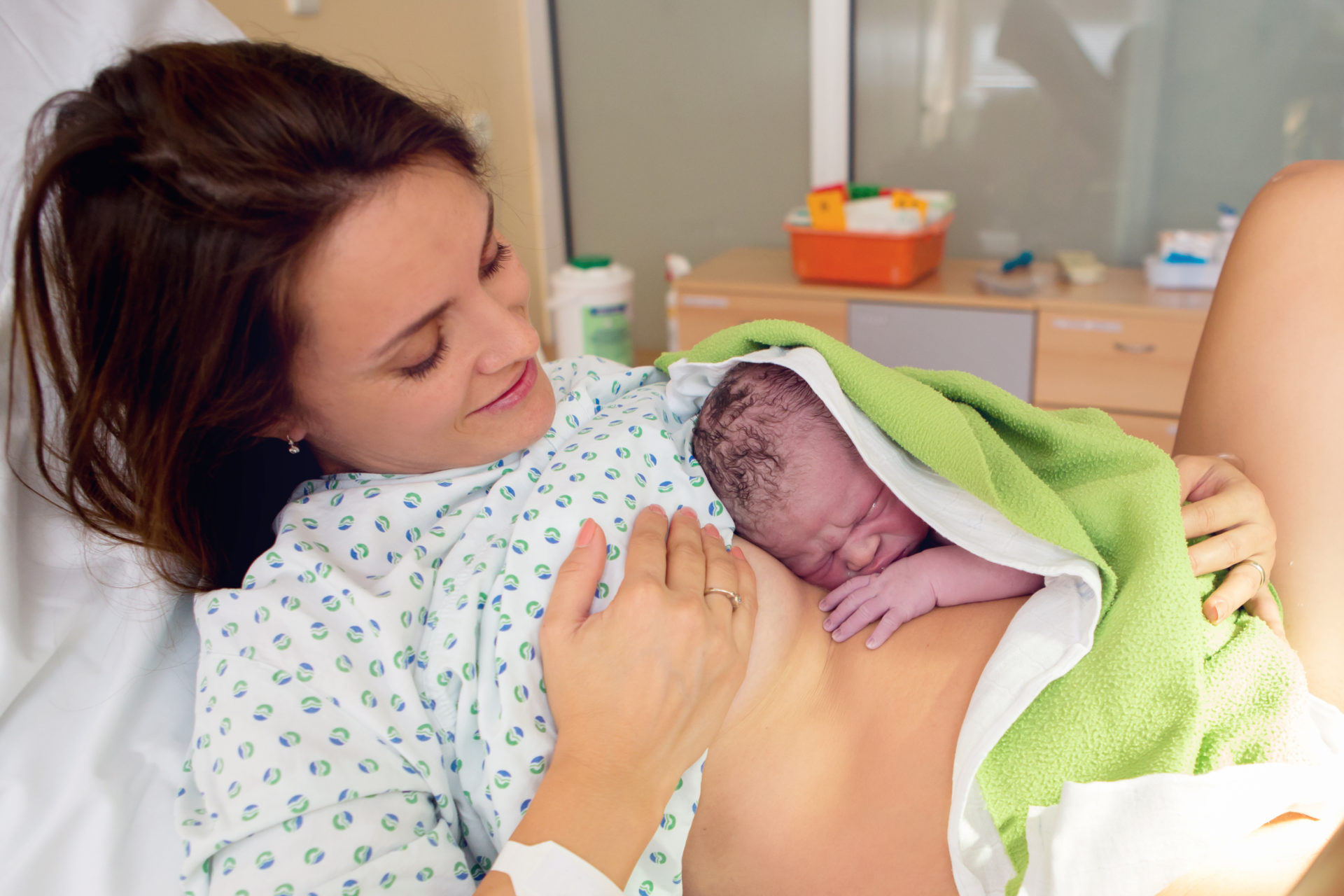
 Overcoming Fear of Childbirth: 3 Ways to Transform Fear into Confidence
Overcoming Fear of Childbirth: 3 Ways to Transform Fear into Confidence
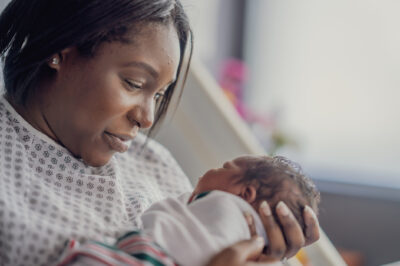

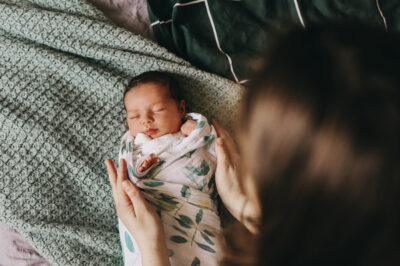



Leave a Reply